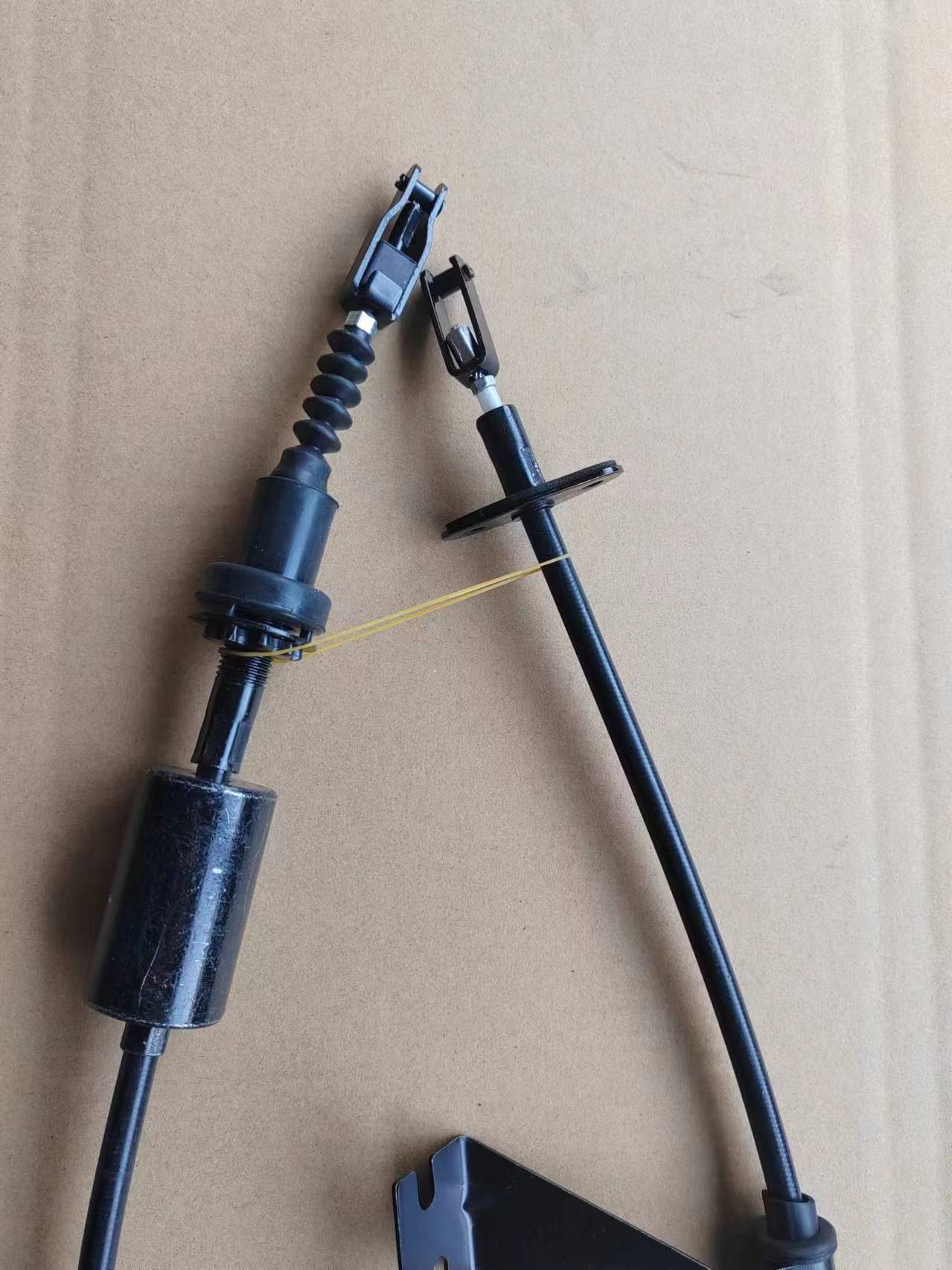Understanding the Importance of Throttle Cable in Vehicle Performance and Maintenance
Understanding Throttle Cables An Essential Component for Engine Performance
Throttle cables play a crucial role in the operation of various vehicles, including cars, motorcycles, and boats. These cables are the connection between the accelerator pedal and the engine's throttle body, allowing the driver to control the amount of air and fuel entering the engine. This control not only affects the vehicle's speed but also its overall performance and efficiency.
The Function of Throttle Cables
At its core, a throttle cable is a simple yet effective mechanism. When a driver presses down on the accelerator pedal, the throttle cable pulls the throttle plate open. This action is critical as it regulates the airflow into the engine, allowing it to produce more power when needed. The more the pedal is pressed, the more the throttle opens, enabling greater fuel and air entry, which translates to increased engine power.
In modern vehicles, throttle control has evolved significantly. Many newer models utilize electronic throttle control systems, also known as drive-by-wire. In these systems, the traditional cable is replaced by electronic sensors, which relay the position of the accelerator pedal to the engine control unit (ECU). This allows for more precise control of the engine's performance, enhancing fuel efficiency and reducing emissions. Nevertheless, the traditional cable systems are still prevalent, especially in older vehicles and certain performance machines where a direct mechanical connection is preferred.
Types of Throttle Cables
Throttle cables come in various types, primarily designed according to the specific needs of the vehicle. The most common types include push-pull cables, which are used to manage both throttle and choke functions in certain engines. Another type is the dual cable system, which uses two separate cables for improved response and safety. The primary advantage of a dual cable system is that it provides redundancy; if one cable fails, the other can still maintain engine control.
throttle cable

Maintenance and Common Issues
Throttle cables require regular maintenance to ensure optimal performance. Common issues include fraying, stretching, or binding of the cable, which can lead to delayed throttle response or even complete failure. Drivers should periodically check for signs of wear and ensure that the cable is properly lubricated and adjusted. If issues arise, it’s essential to address them promptly, as a malfunctioning throttle cable can result in dangerous driving conditions.
In addition to mechanical wear, environmental factors can also affect throttle cables. Exposure to moisture, dirt, and extreme temperatures can lead to corrosion or stiffness in the cable, which affects its smooth operation. Regular cleaning and inspection can prevent many of these problems, ensuring that the throttle cable operates efficiently and safely.
Upgrading Your Throttle Cable
For performance enthusiasts, upgrading the throttle cable can lead to noticeable improvements in engine responsiveness and performance. Aftermarket throttle cables are available that are designed to provide a quicker response and a smoother feel. These cables often use higher-quality materials and improved designs to reduce friction and enhance performance, making them a favorite choice among those looking to optimize their vehicle's capabilities.
Conclusion
In summary, while it may be a small component in the grand scheme of vehicle mechanics, the throttle cable is of paramount importance to any motorized vehicle’s performance. A well-functioning throttle cable allows for precise control of engine power, directly influencing speed, acceleration, and efficiency. Regular maintenance and informed upgrades can go a long way in ensuring that this essential component works effectively, enhancing the driving experience. Whether you are a casual driver or a performance enthusiast, understanding the role of the throttle cable is crucial in keeping your vehicle operating at its best.
-
Workings of Clutch Pipe and Hose SystemsNewsJun.04,2025
-
The Inner Workings of Hand Brake Cable SystemsNewsJun.04,2025
-
The Secrets of Throttle and Accelerator CablesNewsJun.04,2025
-
The Hidden Lifeline of Your Transmission Gear Shift CablesNewsJun.04,2025
-
Demystifying Gear Cables and Shift LinkagesNewsJun.04,2025
-
Decoding Clutch Line Systems A Comprehensive GuideNewsJun.04,2025
